LATEST FIREARM NEWS FROM ALL BRANDS
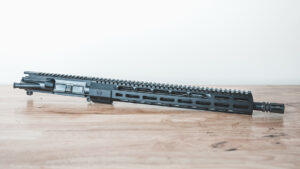
DIY AR Build: Rosco Manufacturing Upper Receiver Groups
Tactical Life Staff May 1, 2024

Gregg Ritz Leads Group Acquiring Thompson/Center Arms
Ballistic Staff May 1, 2024
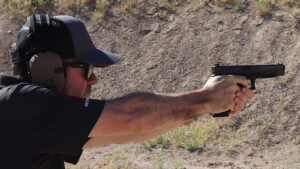
XS Sights Expands Its Catalog with Its New Fiber Optic Sights
Robert Jordan April 30, 2024
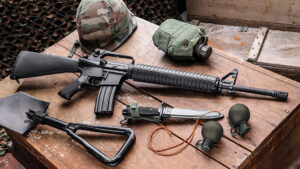
Springfield Armory SA-16A2 is a Must Have Retro Service Rifle
Frank Jardim April 30, 2024
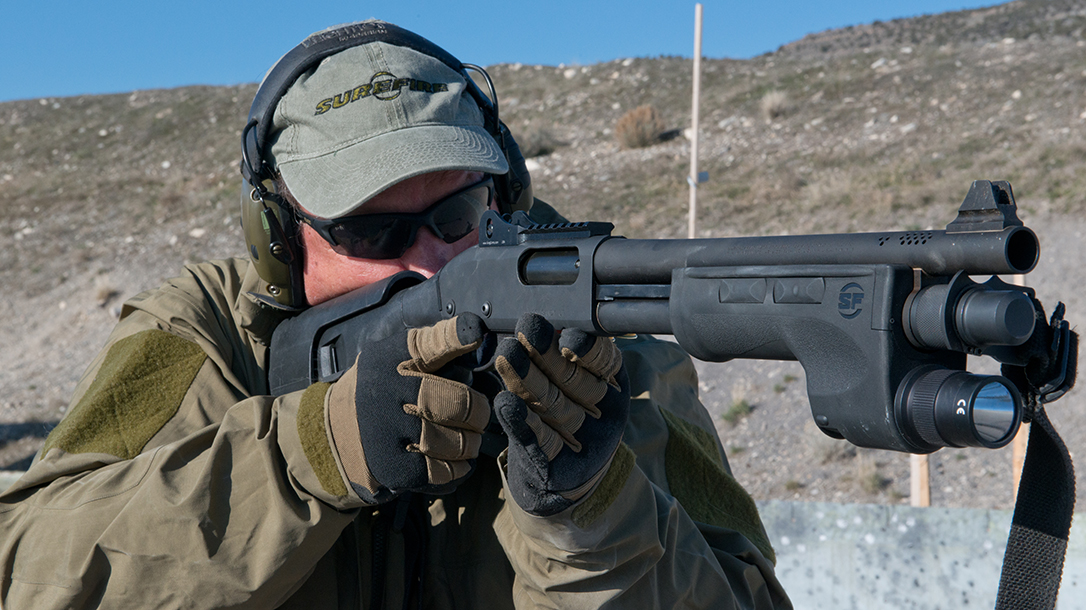
SHOOTING 101: Shotgun Loading Basics for Defense or Sport
Fred Mastison April 29, 2024
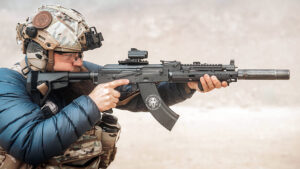
Little Dirty-S: Meridian Defense Corp’s All-American-Made AK
Ballistic Staff April 28, 2024
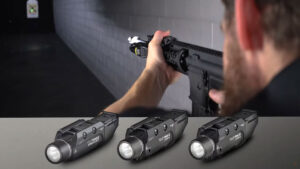
The Streamlight TLR RM 2 Delivers High Lumens and Red or Green Laser Options
Personal Defense World April 28, 2024
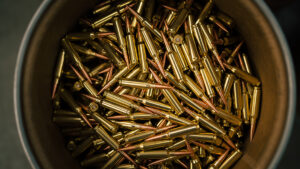
Built to Win: G9 Defense 6.5 Creedmoor Solid Copper Super Match
Tactical Life Staff April 27, 2024
BROWSE BY BRAND
Didn't find what you were looking for?
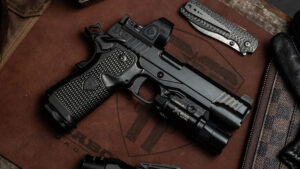
TESTED: Cabot Guns Enters the 2011 Market with its Insurrection
Fred Mastison April 29, 2024
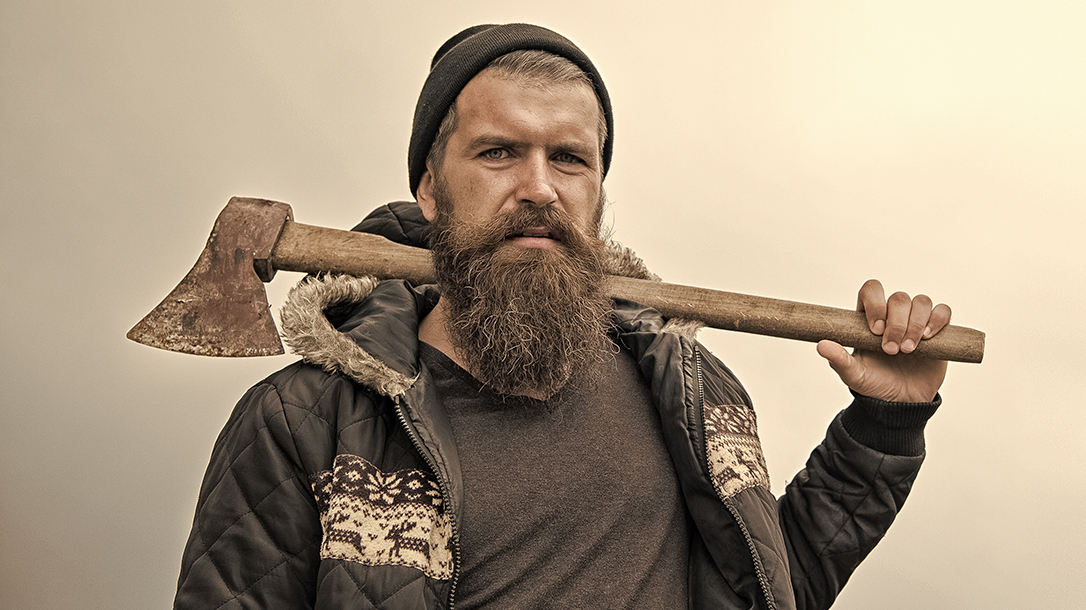
Beards Are The New Six Pack: History Of The Mug Rug
Skillset Staff April 28, 2024
CHECK OUT ATHLON OUTDOORS ORIGINAL VIDEO SERIES
More Videos

Gregg Ritz Leads Group Acquiring Thompson/Center Arms
Ballistic Staff May 1, 2024

The Streamlight TLR RM 2 Delivers High Lumens and Red or Green Laser Options
Personal Defense World April 28, 2024
Tests and Product Reviews
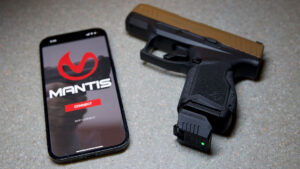
Home at the Range: Dry Fire Training with the Mantis X10 Elite
Madison Heim May 1, 2024

XS Sights Expands Its Catalog with Its New Fiber Optic Sights
Robert Jordan April 30, 2024
SUPPRESSORS & NIGHT VISION
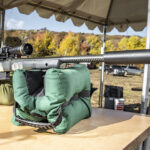
VIDEO: Testing the Hunt-Ready Silencer Central Buck 30 Suppressor
Andy Grossman April 26, 2024
The fact we were able to make so much noise in the middle of a potato field in Idaho at a media event, when there were so many suppressors on guns, was honestly incredible. I’m talking about the best media
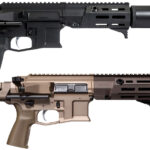
Maxim Defense Expands the PDX-SD with 7.62x39mm and .300 BLK Options
Personal Defense World April 12, 2024
In 2019, Maxim Defense introduced its short and maneuverable PDX short-barreled PDW, followed one year later by the PDX-SD. The PDX-SD expanded on the original platform by adding an integrated suppressor while maintaining stealthy, close-quarters handling. However, although the original
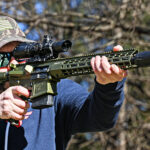
Huxwrx Ventum 762: Hub-Compatible Flow-Through Suppressor
Andy Grossman March 6, 2024
One of my favorite things about being in the outdoor industry is media events. I love seeing new products before companies release them to the public. Even cooler, companies sometimes ask for my thoughts on a product as a shooter.

VIDEO: Testing the Hunt-Ready Silencer Central Buck 30 Suppressor
Andy Grossman April 26, 2024

Maxim Defense Expands the PDX-SD with 7.62x39mm and .300 BLK Options
Personal Defense World April 12, 2024

Huxwrx Ventum 762: Hub-Compatible Flow-Through Suppressor
Andy Grossman March 6, 2024
Didn't find what you were looking for?
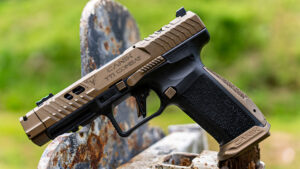
Finally! Thanks to CANiK, We Get an Affordable TTI Combat Pistol
Kenzie Fitzpatrick April 27, 2024
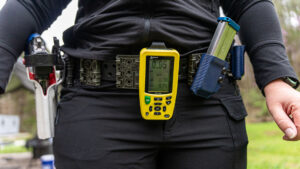
Drawing From a Holster Pistol Drill: Draw to First Shot on Target
Kenzie Fitzpatrick April 22, 2024
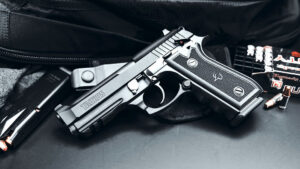
TESTED: Taurus 917C DA/SA 9mm Pistol Upgrades an Old Favorite
Mike Detty April 18, 2024








